Early-December course in New York City will also be offered via livestream
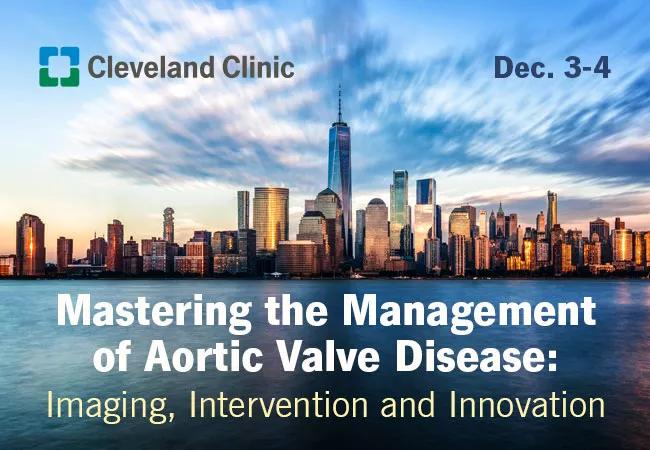
Cleveland Clinic’s Heart, Vascular & Thoracic Institute is returning to in-person cardiovascular CME in early December with simultaneous in-person and livestream offerings of one of its most popular courses at its traditional venue in midtown Manhattan.
Advertisement
Cleveland Clinic is a non-profit academic medical center. Advertising on our site helps support our mission. We do not endorse non-Cleveland Clinic products or services. Policy
The latest iteration of “Mastering the Management of Aortic Valve Disease” takes place Friday-Saturday, Dec. 3-4, at the JW Marriott Essex House in New York. It will explore the full landscape of issues cardiologists and cardiac surgeons encounter in aortic valve disease care in 2021, with particular attention to imaging, intervention strategies, and recent and emerging innovations.
“Management of aortic valve disease has been fast evolving, which has altered the clinical framework for approaching valve disease quantification and treatments,” says course director Lars Svensson, MD, PhD, Chair of the Heart, Vascular & Thoracic Institute. “The result has been some confusion about optimal management strategies. In this course, national experts will synthesize and apply the most recent evidence on a multitude of questions in aortic valve disease care to address widespread gaps in knowledge and practice.”
A faculty of 14 cardiologists and cardiac surgeons from Cleveland Clinic and three other top U.S. medical centers will address those gaps across a day and a half of instruction (all day Friday plus Saturday morning). The course is briskly paced, consisting of 10- or 15- minute presentations across the following five broad sessions, each capped off with Q&A-based panel discussions.
The course launches with a variety of big-picture perspectives, from trends in surgical and transcatheter aortic valve replacement (SAVR/TAVR) and medical therapy to Cleveland Clinic’s approach to transcatheter management of aortic stenosis to the latest findings on TAVR practice from the TVT Registry. A centerpiece is a review of the recently updated American College of Cardiology/American Heart Association guideline for the management of patients with valvular heart disease.
Advertisement
This session uses five separate case-based presentations to explore the utility of various imaging modalities and approaches in the care of aortic stenosis, aortic regurgitation and bicuspid aortic valve. Additional sessions address issues such as imaging considerations for the lifetime management of aortic stenosis.
All of Friday afternoon is devoted to some of the hottest topics in aortic valve care, such as SAVR versus TAVR for low-risk patients with severe aortic stenosis, anticoagulation after bioprosthetic valve replacement and TAVR, and transcatheter valve-in-valve approaches versus redo SAVR. Additional presentations explore challenges beyond the scope of many aortic valve discussions, such as mixed aortic disease versus pure aortic stenosis, endocarditis requiring surgery and TAVR outcomes in patients with mitral valve disease.
Saturday kicks off with a well-paced review of a dozen different aspects of TAVR-related practice that too often go unaddressed in other courses, from stroke risk and cerebral protection to complications during and after TAVR to selection of devices for TAVR.
The course concludes with a number of forward-looking presentations covering everything from the use of support devices in aortic stenosis to a review of optimal post-TAVR hemodynamics to updates on the multicenter COMMENCE and PROACT Xa trials assessing potential advancements in SAVR strategies.
“We have been offering our 1.5-day ‘Mastering the Mitral Valve’ and ‘Mastering the Aortic Valve’ CME courses for several years now, with enthusiastic responses from course participants,” says Dr. Svensson. “These events are an ideal way for cardiovascular clinicians to keep up to date with the latest in valve care in a manner that is both comprehensive and efficient. And this year’s simultaneous in-person and livestream options mean providers everywhere can benefit. We invite you to join us.”
Advertisement
Note: In keeping with New York City public health guidelines, attendees at the in-person course will need to show proof of vaccination against COVID-19 before entering the hotel and meeting room.
For more details and registration, visit ccfcme.org/aorticvalve21. Different registration fees apply to the in-person and livestream options; early-bird rates apply through Oct. 4.
Advertisement
Advertisement
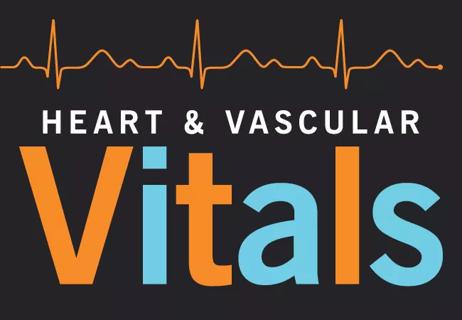
A sampling of outcome and volume data from our Heart & Vascular Institute
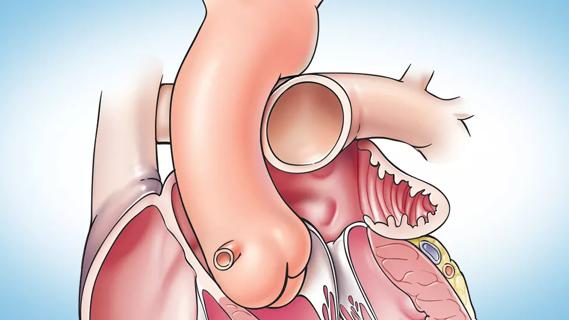
Concomitant AF ablation and LAA occlusion strongly endorsed during elective heart surgery
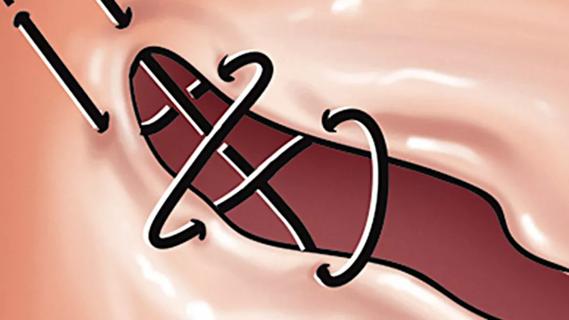
Large retrospective study supports its addition to BAV repair toolbox at expert centers
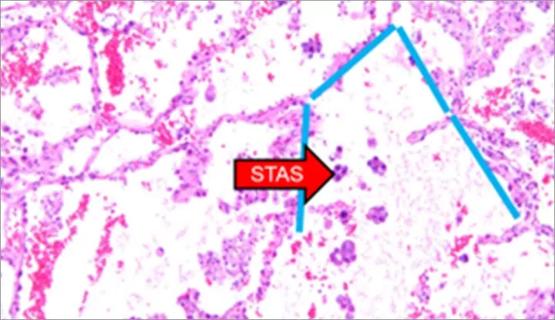
Young age, solid tumor, high uptake on PET and KRAS mutation signal risk, suggest need for lobectomy
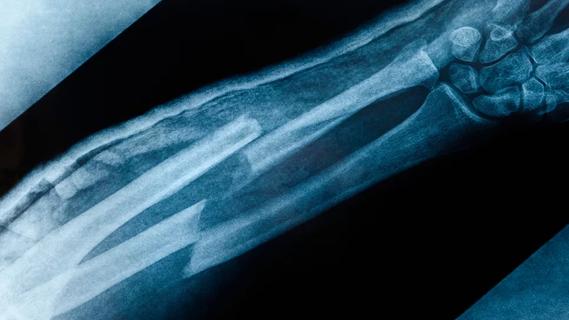
Surprise findings argue for caution about testosterone use in men at risk for fracture
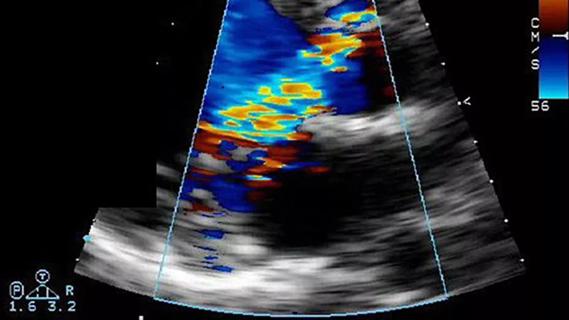
Residual AR related to severe preoperative AR increases risk of progression, need for reoperation
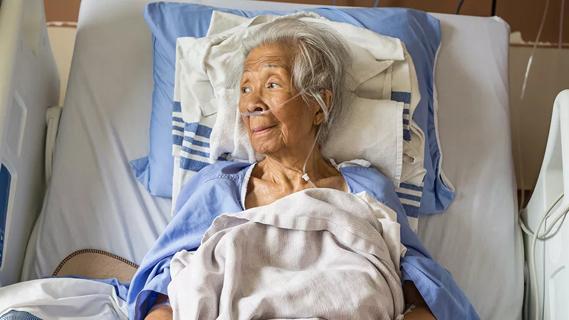
Findings support emphasis on markers of frailty related to, but not dependent on, age
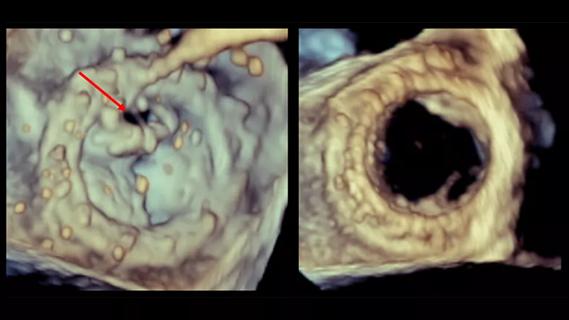
Provides option for patients previously deemed anatomically unsuitable